The State Bank of Vietnam (SBV) will adjust the risk coefficient of some real estate loans such as: social housing, industrial park real estate...
These are the provisions announced in Circular No. 22/2023/TT-NHNN amending and supplementing a number of articles of Circular 41/2016/TT-NHNN regulating capital adequacy ratios for banks and foreign bank branches, effective from July 1, 2024.
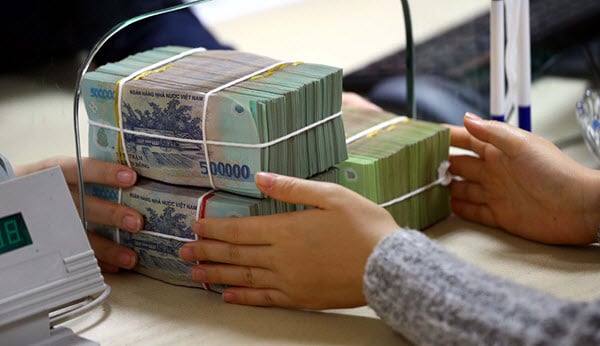
The State Bank of Vietnam issued Circular 22 adjusting the risk coefficient of some real estate loans (Photo TL)
Notably, the circular re-adjusts the provisions in Circular 41 on the credit risk coefficient (CRW). In particular, loans for buying social housing, buying houses, building houses under government support programs and projects will have their risk coefficient adjusted down to a maximum of 50%. The loan guarantee ratio (LTV) is also adjusted from 100% or more and the income ratio (DSC) is over 35%. The minimum risk coefficient is 20%, corresponding to LTV below 40% and DSC below 35%.
The risk coefficient for the remaining home loan cases will be kept in the range of 25% to 100% as in Circular 41, depending on the LTV and DSC ratios.
In addition, Circular 22 also adjusts the credit risk coefficient for assets that are specialized credit facilities in the form of credit facilities to finance industrial park real estate business projects from 200% to 160%.
For loans serving the purpose of agricultural and rural development as prescribed by the Government, Circular 22 also stipulates an additional risk coefficient of 50%.
Finally, Circular 22 stipulates that banks are the mandatory transferees and other credit institutions are allowed to apply a risk coefficient of 0% for loans, guarantees, and deposits at the mandatory transferees according to the approved mandatory transfer plan.
Source






![[Photo] Prime Minister Pham Minh Chinh chairs meeting to deploy overcoming consequences of storm No. 10](https://vphoto.vietnam.vn/thumb/1200x675/vietnam/resource/IMAGE/2025/10/3/544f420dcc844463898fcbef46247d16)
![[Photo] Students of Binh Minh Primary School enjoy the full moon festival, receiving the joys of childhood](https://vphoto.vietnam.vn/thumb/1200x675/vietnam/resource/IMAGE/2025/10/3/8cf8abef22fe4471be400a818912cb85)
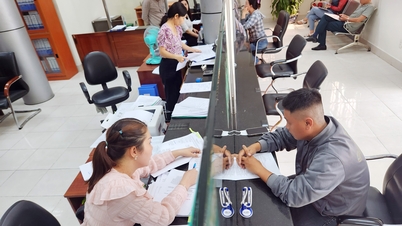





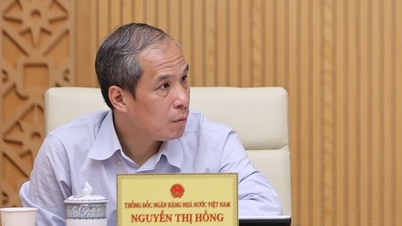
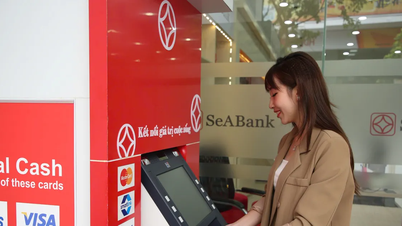




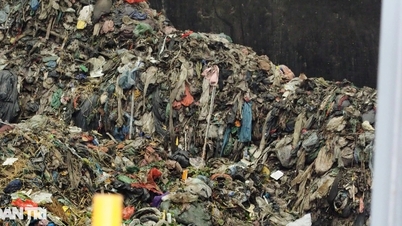
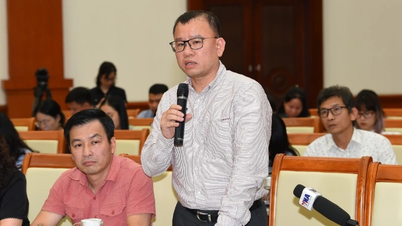


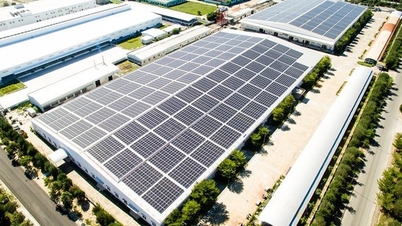














































































Comment (0)